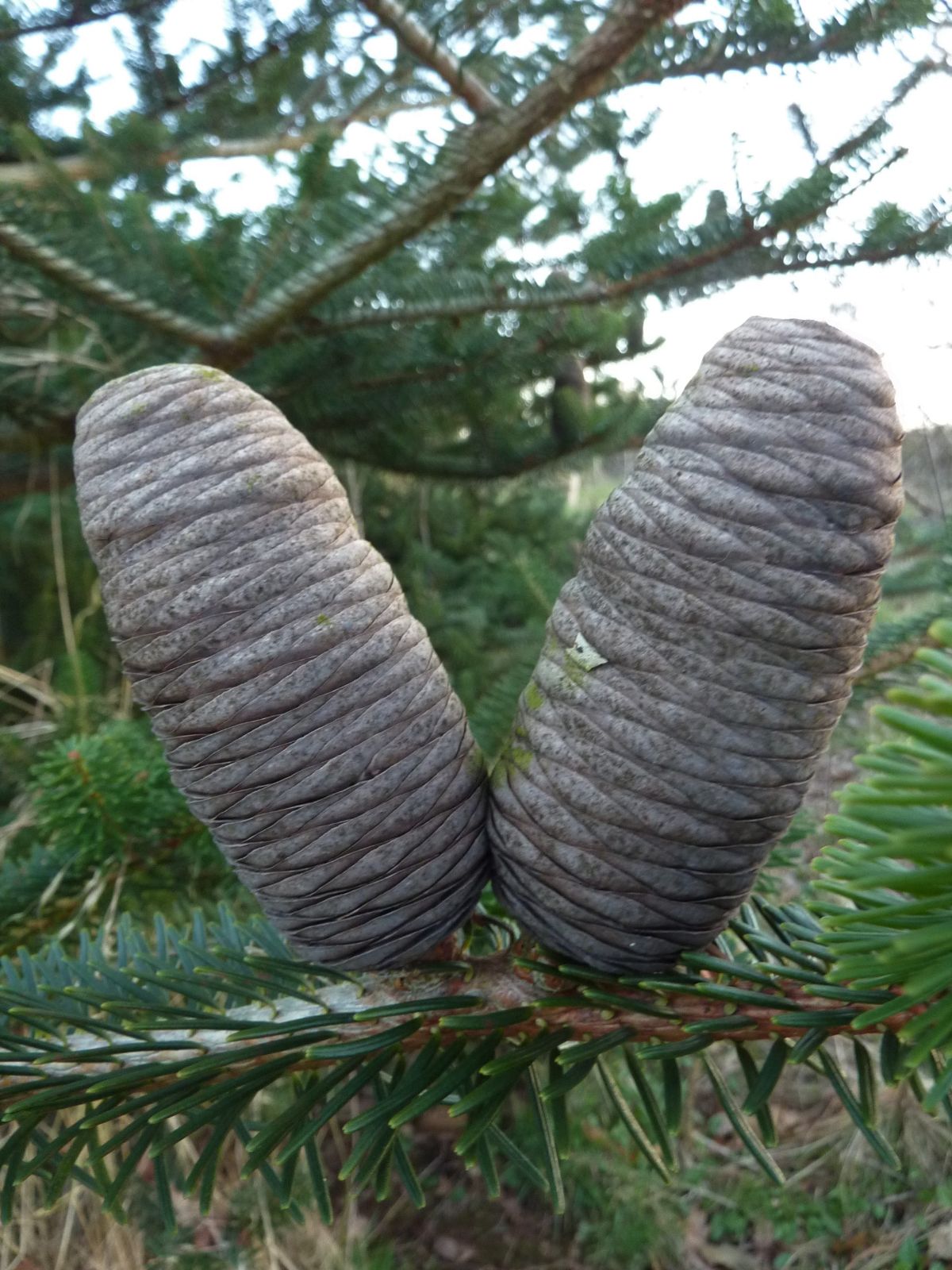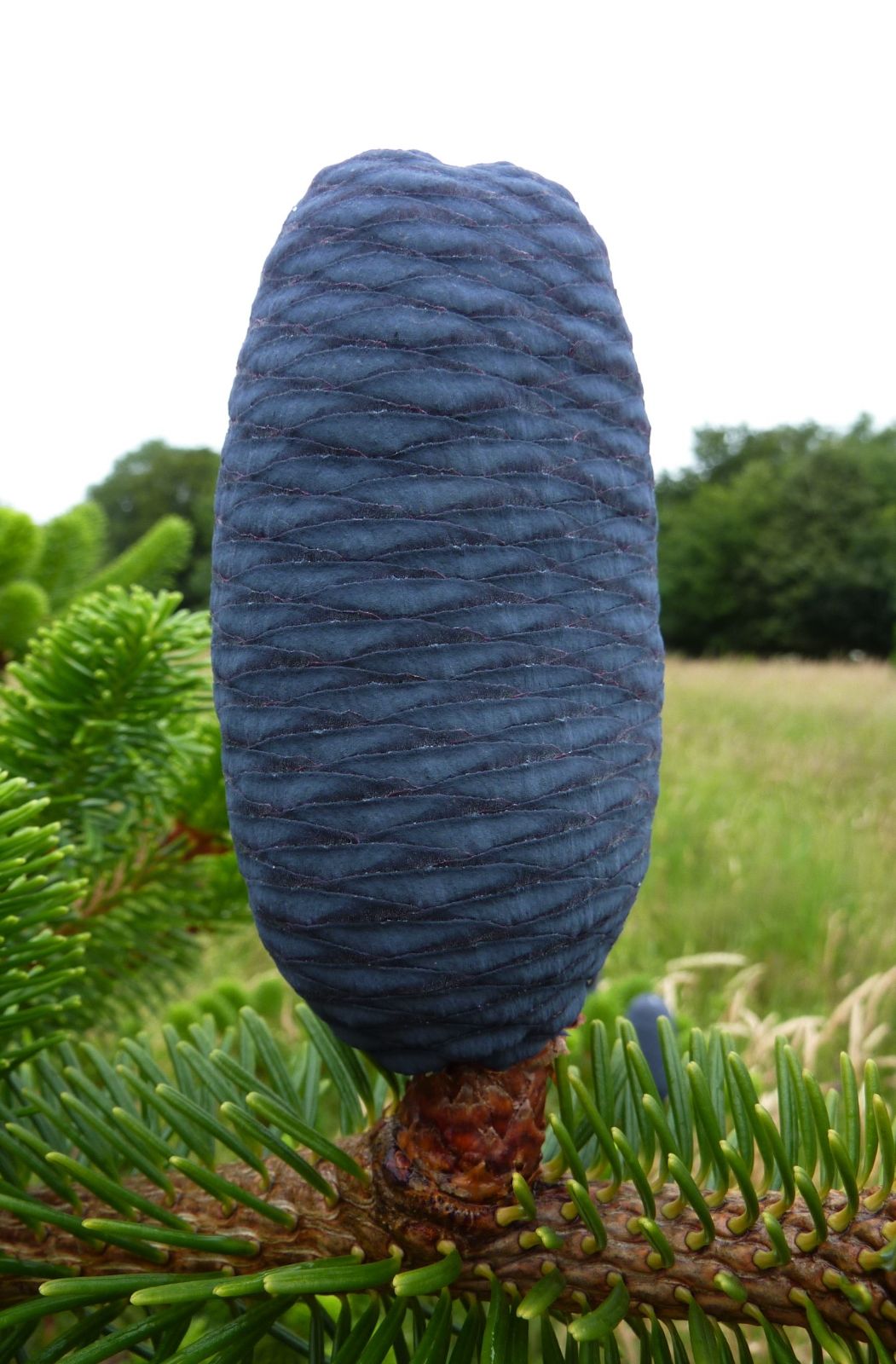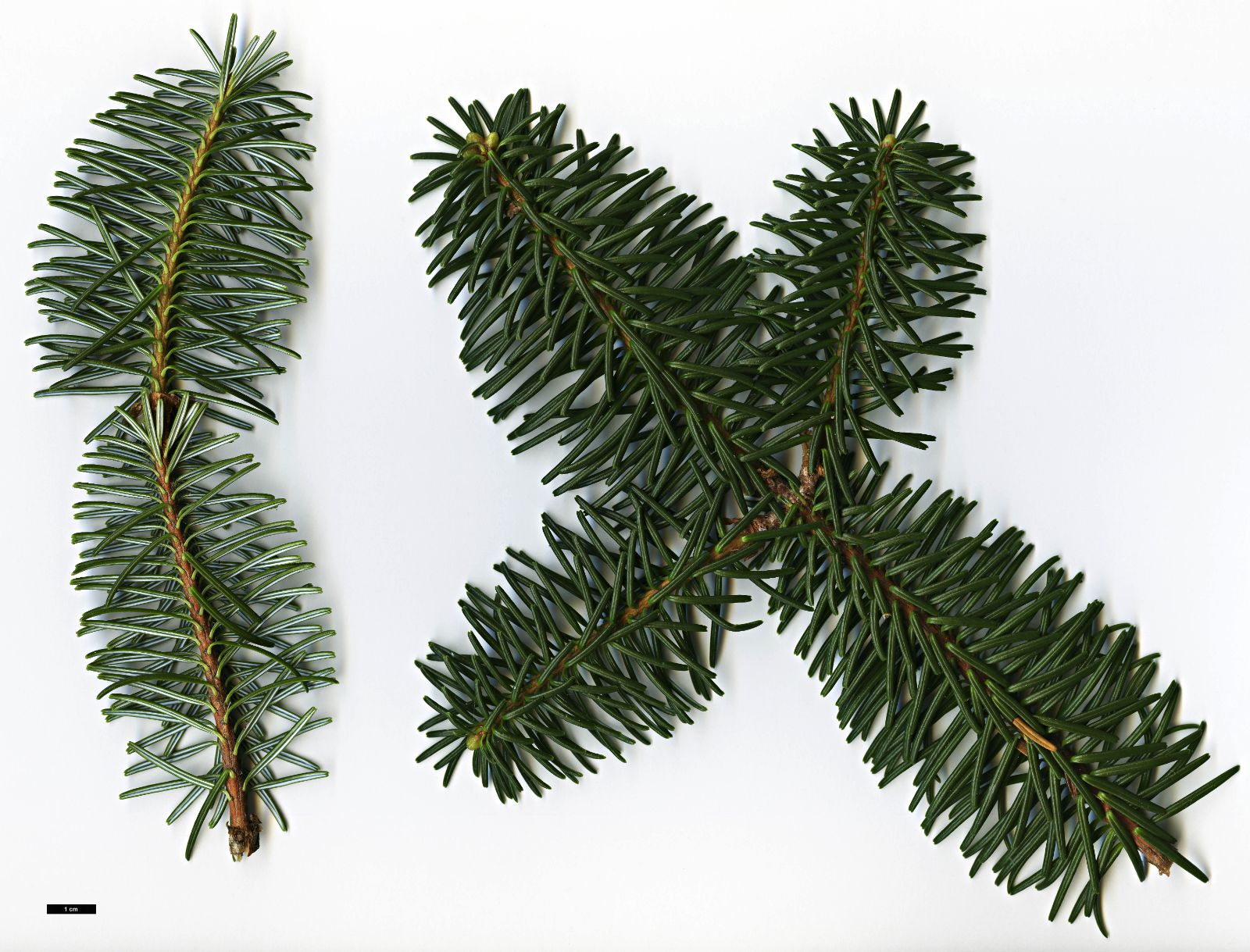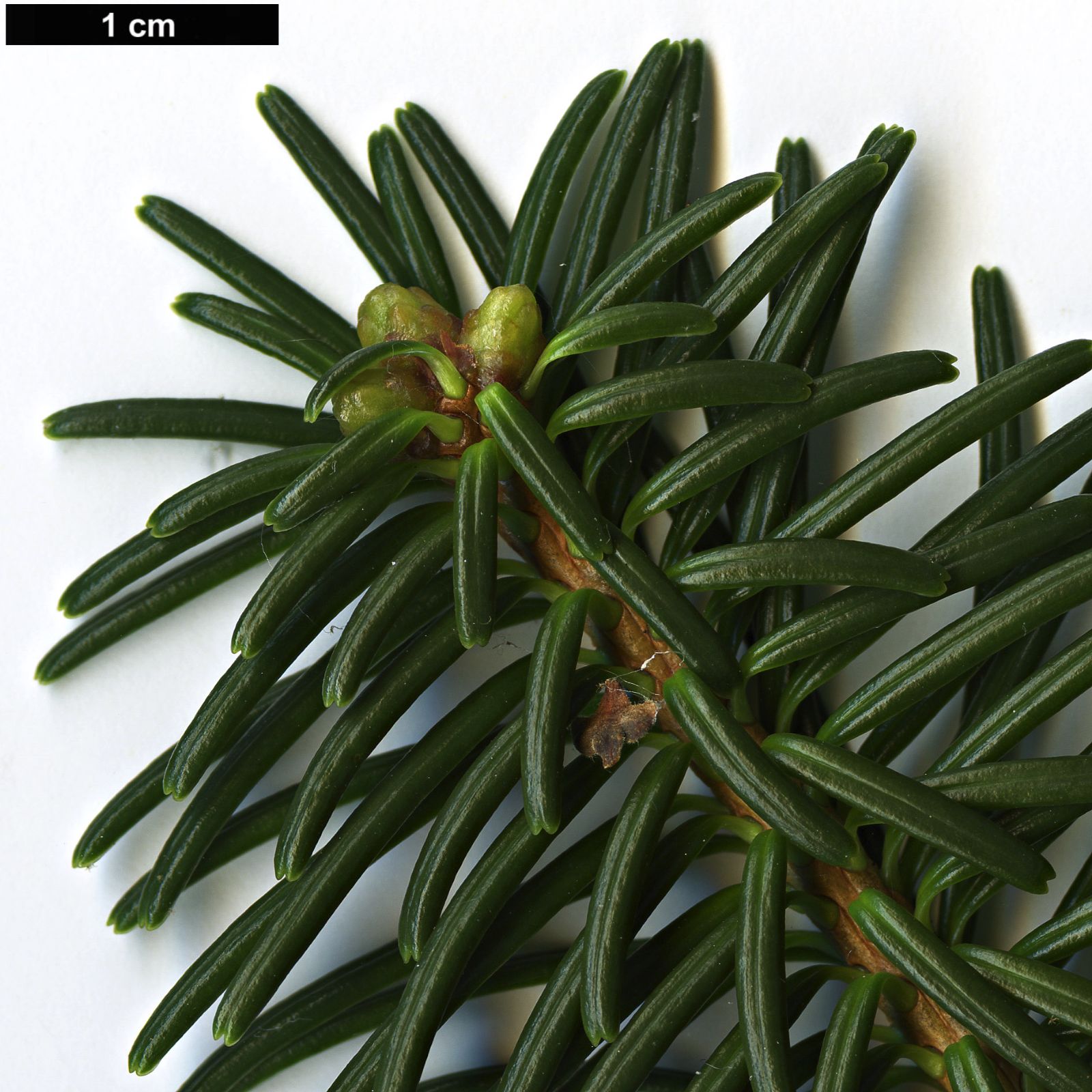Abies fansipanensis
Sponsor
Kindly sponsored by
Sir Henry Angest
Credits
Tom Christian (2021)
Recommended citation
Christian, T. (2021), 'Abies fansipanensis' from the website Trees and Shrubs Online (treesandshrubsonline.
Genus
Common Names
- Fan Si Pan Fir
- Fansipan Fir
- Vân sam phan xi păng
Synonyms
- Abies delavayi subsp. fansipanensis (Q.P. Xiang) Rushforth
Other taxa in genus
- Abies alba
- Abies amabilis
- Abies × arnoldiana
- Abies balsamea
- Abies beshanzuensis
- Abies borisii-regis
- Abies bracteata
- Abies cephalonica
- Abies × chengii
- Abies chensiensis
- Abies cilicica
- Abies colimensis
- Abies concolor
- Abies delavayi
- Abies densa
- Abies durangensis
- Abies ernestii
- Abies fabri
- Abies fanjingshanensis
- Abies fargesii
- Abies ferreana
- Abies firma
- Abies flinckii
- Abies fordei
- Abies forrestii
- Abies forrestii agg. × homolepis
- Abies fraseri
- Abies gamblei
- Abies georgei
- Abies gracilis
- Abies grandis
- Abies guatemalensis
- Abies hickelii
- Abies holophylla
- Abies homolepis
- Abies in Mexico and Mesoamerica
- Abies in the Sino-Himalaya
- Abies × insignis
- Abies kawakamii
- Abies koreana
- Abies koreana Hybrids
- Abies lasiocarpa
- Abies magnifica
- Abies mariesii
- Abies nebrodensis
- Abies nephrolepis
- Abies nordmanniana
- Abies nukiangensis
- Abies numidica
- Abies pindrow
- Abies pinsapo
- Abies procera
- Abies recurvata
- Abies religiosa
- Abies sachalinensis
- Abies salouenensis
- Abies sibirica
- Abies spectabilis
- Abies squamata
- Abies × umbellata
- Abies veitchii
- Abies vejarii
- Abies × vilmorinii
- Abies yuanbaoshanensis
- Abies ziyuanensis
Tree 15–20 m × c. 1 m dbh. Crown pyramidal in young trees, broad-pyramidal later; mature trees with a long clean stem and umbrella shaped crowns. Bark reddish-brown and smooth at first with resin blisters, later breaking into thin, irregular plates, maturing dark reddish-brown; freshly exposed bark pale yellowish-brown, soon darkening. First order branches spreading horizontally, slightly descending with age; second order branches horizontal or assurgent. Branchlets stout, assurgent, reddish-brown maturing grey-brown then grey, weakly ridged at first, soon smooth, glabrous. Vegetative buds ovoid-globular, small and very resinous except on leading shoots. Leaves radially outspreading (somewhat pectinate on strongly shaded shoots), those of the upper rank ~vertical or slightly backswept, 1.5–3 cm, base twisted, margins revolute, apex emarginate, glossy dark green above with two chalk-white stomatal bands beneath, often slightly obscured by the margins. Pollen cones 2–4 cm long. Seed cones barrel-shaped, apex abruptly rounded to truncate, 8–10(–14) cm × 4–6 cm, pale pruinose-purple to blue; seed scales ~flabellate, 1.2–2 × 1.5–2.5 cm at midcone; bracts bilobed with a small cusp, fully included. (Farjon 2017; Debreczy & Rácz 2011).
Distribution Vietnam Fan Si Pan and adjacent peaks
Habitat Montane sub-tropical forest at 2600–2800(–3000) m asl, where old Abies emerge above a sub-canopy of Acer and Sorbus species, itself above an understorey of Rhododendron spp. and bamboos of the genus Borinda.
USDA Hardiness Zone 8
RHS Hardiness Rating H4
Conservation status Critically endangered (CR)
First described as distinct in 1997, Fansipan Fir was previously considered a southern vicariant of its relative A. nukiangensis. Its occurrence in northern Vietnam extends the distribution of Abies into that most in-vogue destination for plant enthusiasts, where it is endemic on Fan Si Pan and one or two adjacent peaks. Occurring at c. 22°N it is among the most southerly occurring Firs in the world, second only to A. guatemalensis (15ºN in El Salvador) (Debreczy & Rácz 2011).
Rushforth et al. collected material on Fan Si Pan in late October 1994 under the name ‘Abies delavayi ‘Fansipan Form” (KR 3014; E00003762) for it was clearly distinct but no scientific name had yet been published. The previous year seed had been sent to the UK under TVO 70 collected in the same locality, and this was distributed around a few collections, but the 1994 gathering is more widespread. Both have proven hardy in southern England; one tree of TVO 70 at Bedgebury National Pinetum, Kent, withstood temperatures as low as –14° C without significant injury (D. Luscombe pers. comm. 2020) and several examples soon produced cones in several locations, but the Bedgebury plant was always a rather small, somewhat stunted individual, perhaps due to some circumstance that occurred in its nursery days, and it died in the late 2010s (D. Luscombe pers. comm. 2020). The best extant trees are those in Rushforth’s arboretum in Devon, and at Tregrehan in Cornwall.
In its native habitat the Fansipan Fir grows in a narrow altitudinal range of c. 2600–2800 m asl, where old trees emerge above an understorey of Acer, Borinda, Daphne, Sorbus (s.l.) and Rhododendron species. This fir’s characteristic profile on ridges reminded the late Peter Wharton of the silhouettes of old trees of Araucaria araucana in South America (Grimshaw & Bayton 2009). It is categorised as Critically Endangered by the IUCN, with only 200–400 mature individuals known over an area of c. 1000 ha, where virtually no regeneration has been observed for over 25 years (Thomas 2019; Debreczy & Rácz 2011).





